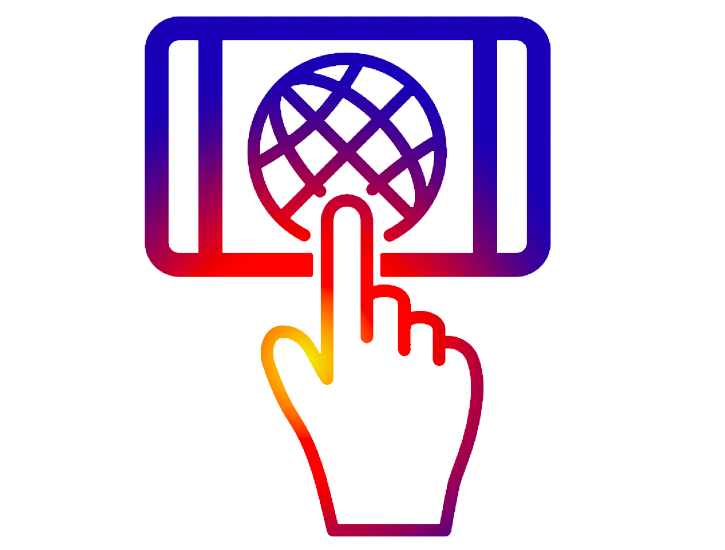
RETURN to Periodic Table
Calcium is the 20th element on the periodic table. It has 20 protons and 20 neutrons in the nucleus, giving it a mass of 40 amu, and it has 20 electrons enveloping the nucleus.
Electron Shell
Calcium has the same electron configuration as magnesium, but with three full shells within that have the identical configuration to argon. Being one shell larger than magnesium, calcium’s valence electrons are less well bound, causing it to be more reactive than magnesium, but much less so than potassium.

 CLICK HERE to interact with this object.
CLICK HERE to interact with this object.As we saw in the case of argon, the 3rd shell orbitals are more like spherical tetrahedra, and the 4th shell is a di-electron in a spherical s-orbital. These orbitals represent phase-locked, resonant, coherent, harmonic, stationary waves.
Ion formation
Calcium will give up its valence electrons in an ionic interaction in order to reach the stability of the 3s23p6 noble gas configuration of argon, which is a multi-di-electron state with three concentric full shells. That is why calcium forms a 2+ ionic state.

RETURN to the Periodic Table
OTHER GROUP II ELEMENTS: Beryllium, Magnesium, Calcium, Strontium, Barium
